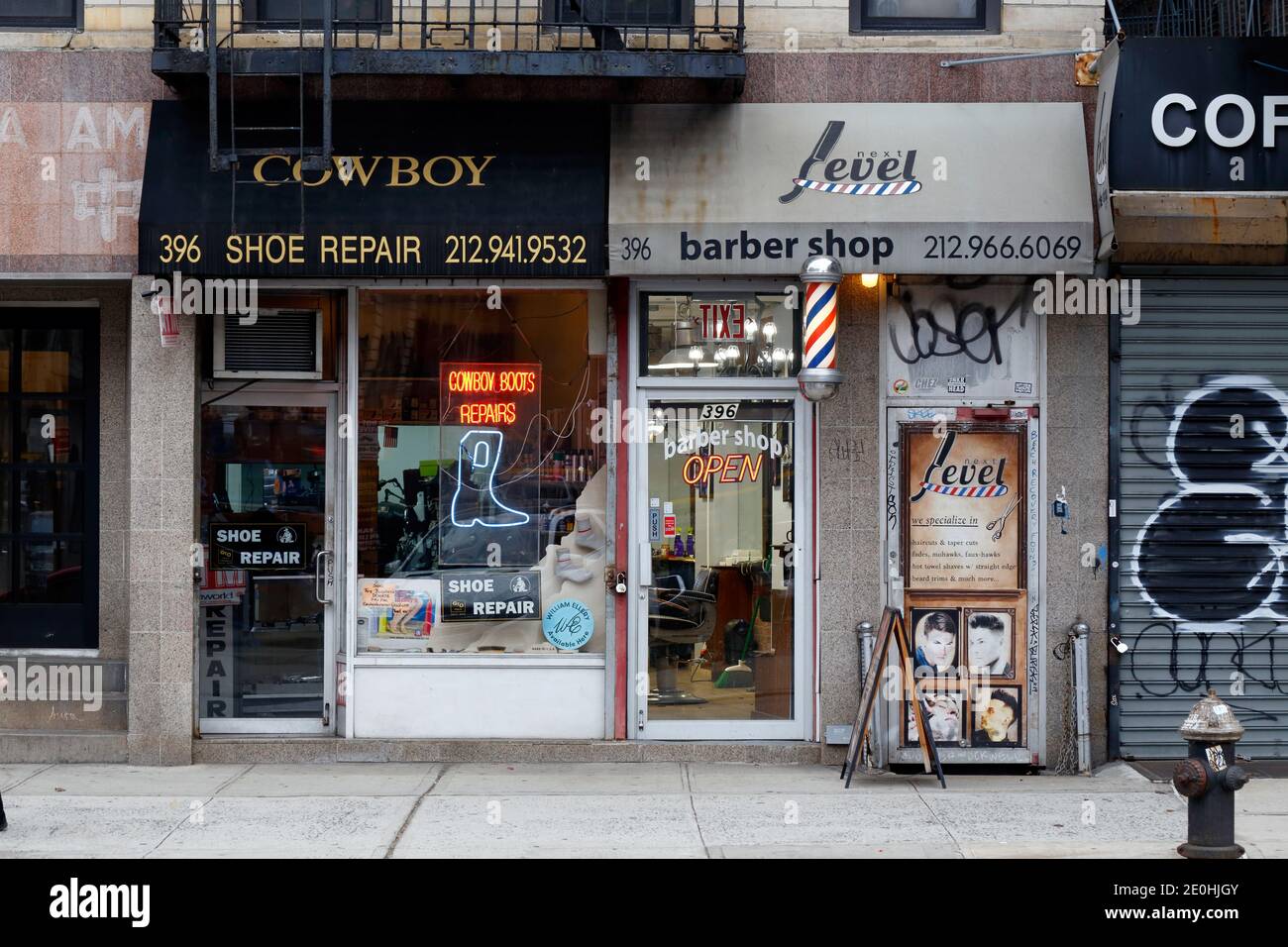Barbershops in NYC are not only locations to get a trim; they function as crucial community centers that help define neighborhood identity and foster connections among residents. These businesses have a rich heritage in city settings, serving as gathering spots where people from diverse backgrounds come together. In many neighborhoods, barbershops are often the first place where individuals can participate in conversations about local issues, share stories, and forge relationships. This distinct role makes barbers not only talented professionals but also community curators who add to the community fabric of their communities.
The environment in a barbershop is often vibrant and inviting, creating a setting where clients feel at ease sharing themselves. Barbers are known for their ability to connect with clients, often engaging in talks that span from athletics to current events. This engagement helps to create a feeling of belonging among clients, as they discuss their stories and viewpoints. In many cases, barbershops reflect the cultural diversity of the neighborhoods they support, displaying different haircuts, grooming methods, and even music that resonate with the local community. This social exchange enhances the experience for all involved and bolsters community ties.

Barbershops also play a key role in maintaining cultural heritage. Many barbers have been educated in particular techniques that are transmitted through ages, guaranteeing that unique looks and practices are not forgotten over time. For example, certain haircuts and grooming methods may be linked to cultural background, allowing individuals to express their identity through their appearance. By upholding these customs, barbershops help to preserve cultural stories alive, providing a feeling of pride and connection for local members.
In furthermore to their cultural importance, barbershops often engage in community service and assist local causes. Many barbers take an active role in addressing social issues, such as learning and health awareness, by hosting events or providing resources to their clients. This involvement demonstrates a commitment to the well-being of the community and encourages a feeling of duty among barbers. By using their platforms to encourage positive development, barbershops become essential players in the local area, further reinforcing their role as community curators.
In conclusion, barbershops in New York City serve as essential spaces for cultural exchange, community development, and identity creation. They provide a distinct environment where people can connect, exchange, and celebrate their diverse backgrounds. As cultural curators, barbers not only influence the way people present themselves but also influence the broader social navigate here dynamics. By recognizing the value of these establishments, we can appreciate the vital role they have in building connections and maintaining cultural heritage in urban settings.